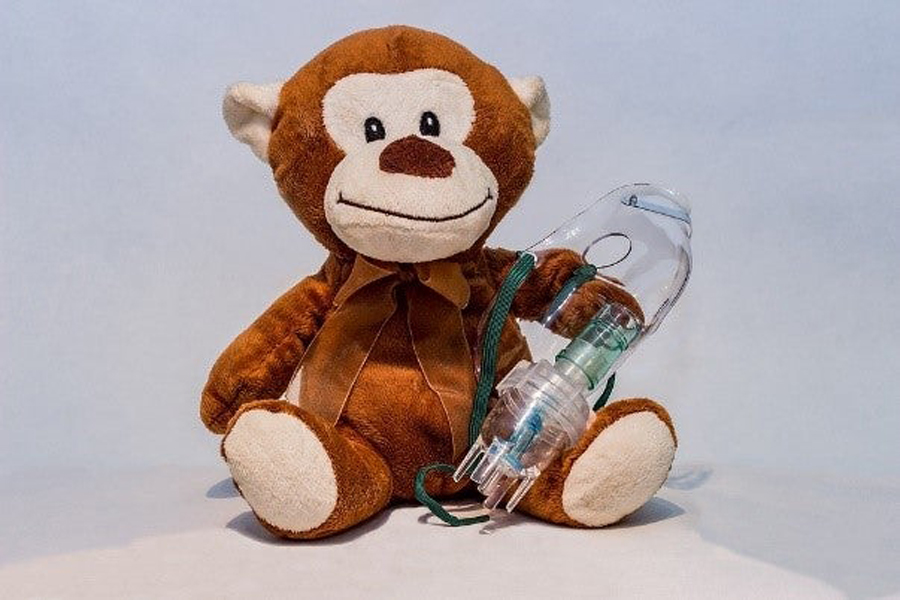Nebulizer Not Misting? Here’s What You Should Do
A nebulizer that does not mist is about as useful as a bandage that does not adhere to skin or a thermometer that does not read your temperature. And nothing could be more disappointing to those fighting respiratory illnesses or common winter colds and congestion to find that the relief they have come to expect from a nebulizer has been cut short.
The reality is that nebulizers, no matter how well they are designed, are devices subject to malfunction, not unlike every other device in your home, from your vacuum cleaners to remote controls.
But before you give up on your nebulizer entirely and purchase a new one, there are some steps you can take to try to get it working again. We will also look at how you should care for your nebulizer, in general, to prolong its life and avoid malfunction.
Nebulizers are one of the best tools available for treating respiratory issues and having one that works properly is a must for many asthma and COPD patients. Read on to learn more about nebulizers and how to care for and, in some cases, repair them.
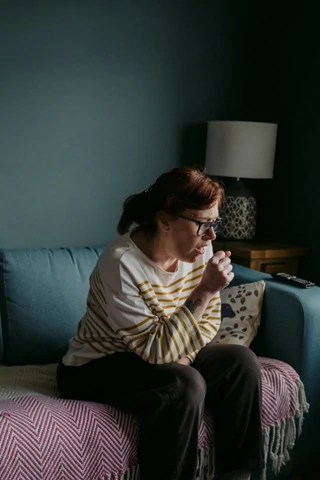
NEBULIZERS AND MISTING TREATMENTS: HOW THEY PROVIDE RELIEF
When it comes to respiratory relief, nebulizers are a favorite among doctors and patients alike. While inhalers are also commonly used to help open airways, they are not good for all patients.
A traditional metered dose inhaler does require some level of coordination to operate and dispense medication. In contrast, a nebulizer’s gentle slow mist can be much easier on younger patients, for example. These are often used to help relieve both constricted airways and the buildup of mucus in the lungs.
WHAT IS A NEBULIZER?
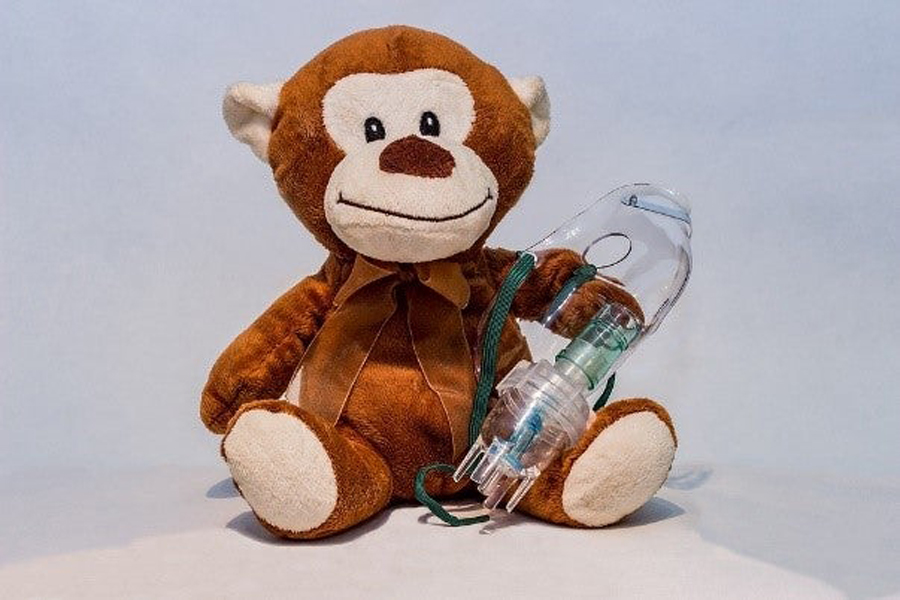
A nebulizer is a machine designed to turn liquid medicine into a mist, and that mist is then delivered to a patient through a nebulizer mask. These machines are simple to use, and some come in a relatively small and portable size, even some that can be operated on battery power. Most will require access to an electrical outlet for a plug, though.
Nebulizers do not use a heating element (like vaporizers); the aerosol mist is created by compression.
Whether the device is run on battery power or electricity, it will always have a base that contains the device’s air compressor, tubing connections, and a container for liquid forms of medication.
The tubing connects to a mouthpiece or mask that the patient attaches to her face.
A BRIEF HISTORY OF THE NEBULIZER
Some people are surprised to learn that the origins of the nebulizer date back to the middle of the 19th century. A French scientist, Sales-Giron, was the first to use pressure to atomize liquid medication.
From there, continued developments we made up until the 1930s when the first pneumatic nebulizer fed by an air compressor was invented.
The 1960s saw the introduction of a new kind of “ultrasonic” electronic nebulizer. Today, manufacturers continue to find ways to make these devices smaller, more portable, and more efficient than ever before.
NEBULIZERS VERSUS HUMIDIFIERS: UNDERSTANDING THE DIFFERENCE
Occasionally nebulizers are mistaken for humidifiers and vice versa. However, there is an important distinction between these two devices in that the nebulizer dispenses medication while a humidifier simply adds moisture to the air.
Humidifiers are recommended for some patients with allergies and respiratory disorders, as adding moisture to the air may also relieve symptoms. But a humidifier has no mechanism for dispensing medication.
One note of caution with humidifiers is that you want to be mindful of the appropriate moisture levels for your home. Adding moisture to dry air can help those who cough at night; however, too much moisture could lead to mold in the air.
In this way, a humidifier could actually backfire on someone who has mold allergies. A simple indoor thermometer with a humidity monitor can help you manage this.
MEDICINES USED IN NEBULIZERS
Medications used in nebulizers have the primary goal of opening constricted airways. Known as “bronchodilators,” these medications include albuterol, one of the most commonly used treatments for those with asthma and COPD.
In addition to bronchodilators, other liquid medications that can be dispensed through nebulizers are corticosteroids. These highly effective medications are often prescribed to asthma patients and reduce inflammation in the airways, making breathing easier.
By inhaling medication through a nebulizer, typically for 10 to 15 minutes at a time, individuals with respiratory illnesses find it easier to breathe and go about their daily activities. In some cases, doctors might also recommend using an over-the-counter product, such as a saline solution, in a nebulizer.
Remember to consult your primary physician before using any medication in a nebulizer.
NEBULIZER NOT MISTING? TROUBLESHOOTING TIPS
Occasionally your nebulizer could malfunction, and there are a number of steps you can take to troubleshoot the device. Sometimes the machine is not misting because of a blockage or user error that is easy to remedy.
The first steps to take if your nebulizer is not misting are as follows:
- Make sure it is plugged into an outlet. As simple as this sounds, sometimes it could be the case that the plug simply was not pushed all the way into the wall outlet. Or in the case of a portable, battery-powered nebulizer, the batteries may not be fully charged. Rule out these obvious problems first.
- Make sure the tubing pieces and medicine chamber are all firmly connected. Sometimes a loose connection could be the cause of the nebulizer malfunction.
- Check for any blockages that may prevent mist from forming. For example, a hole in the medicine cup that allows the liquid to reach the air compressor could be blocked if the medicine has crystallized. At this point, you may need to take the machine apart and clean it (more on that below).
Finally, if none of these troubleshooting tips work, refer to the specific manufacturer instructions that came with your unit and contact the company customer support line (if applicable) for tips on repairing your device. If the compressor has failed entirely, the device may be beyond repair.
You may be eligible for repair or replacement under warranty; if your insurance provider covers your nebulizer, you may also be eligible for a replacement at no cost.
PREVENTATIVE CARE AND MAINTENANCE TO KEEP YOUR NEBULIZER RUNNING
Extending the life of your nebulizer through proper preventative care and maintenance will ensure you can receive the benefits of nebulized medications when you need them most.
When you first purchase a nebulizer (or one provided by your doctor or insurance company), make sure you read the manufacturer’s instructions for use, care, and cleaning and save them for future reference.
If you can register for a warranty, do that right away and save all warranty information in case you need to contact the manufacturer for a repair or replacement.
The manufacturer should provide specific cleaning instructions, but most devices should be maintained with the steps below:
- Keep the device free from dust and debris, both during use and when it is stored. Over time, dust and debris can clog the air compressor component and cause it to malfunction, so be sure to wipe down the nebulizer with a damp cloth after each use.
- Change the filter as directed by the manufacturer’s guide.
- Clean the medication cup after each use and make sure it is dried thoroughly.
- Clean the mask and tubing after each use as directed by the manufacturer; this is important not only to keep the machine operating smoothly but also to remove bacterial buildup.
- Once weekly, give the nebulizer a more thorough cleaning and sterilization by disassembling it and cleaning the individual parts, as directed by the manufacturer. In some cases, the manufacturer may recommend cleaning or soaking some of the components in white vinegar.
Any time you are cleaning or sterilizing your nebulizer, take great care with the air compressor and be sure you do not place it under running water, which could cause it to malfunction. You should also be sure to store the nebulizer out of reach of small children. Keep it stored in a cool, dry, and clean place when it is not in use.
NEBULIZER REPLACEMENTS
Because many nebulizers are available at an affordable price point, in some cases, a replacement may be more cost-effective than a repair.
If it still does not mist properly after troubleshooting and cleaning your device, you may be better off purchasing a new one. Check with your health insurance provider as in many cases, this could be a covered expense in your health plan or once you can purchase under a health savings account.
Nebulizer therapy can be an outstanding option for treating bothersome symptoms of respiratory illnesses. Having one you can rely on for daily relief may be a crucial part of the treatment plan advised by your physician.
Average Lung AirPhysio
ENJOY BETTER BREATHING - Use this 100% Drug Free Device - AIRPHYSIO
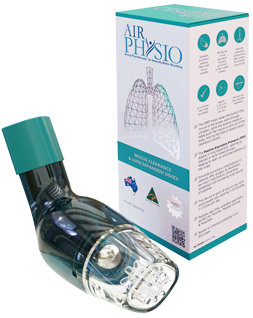
Recent Posts
Sports AirPhysio
IMPROVE YOUR SPORTING PERFORMANCE - Use this 100% Drug Free Device - AIRPHYSIO
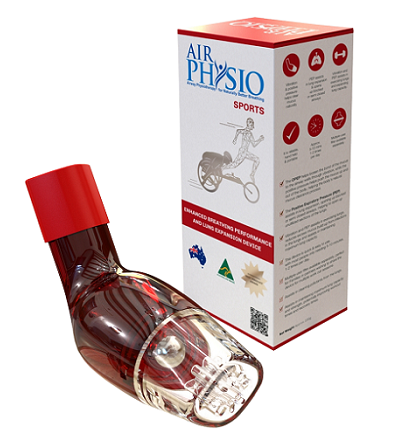
AirPhysio Child
BETTER BREATHING FOR YOUR CHILD - Use this 100% Drug Free Device - AIRPHYSIO
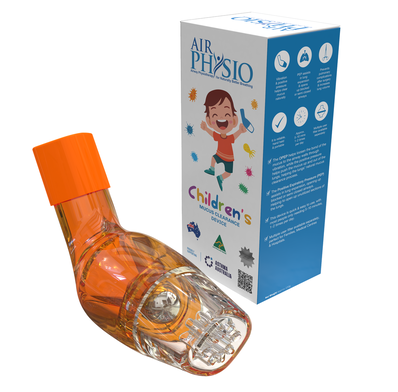
Categories
- asthma (2)
- atelectasis (2)
- bronchiectasis (2)
- copd (3)
- cystic-fibrosis (45)
- featured (10)
- uncategorized (2)

